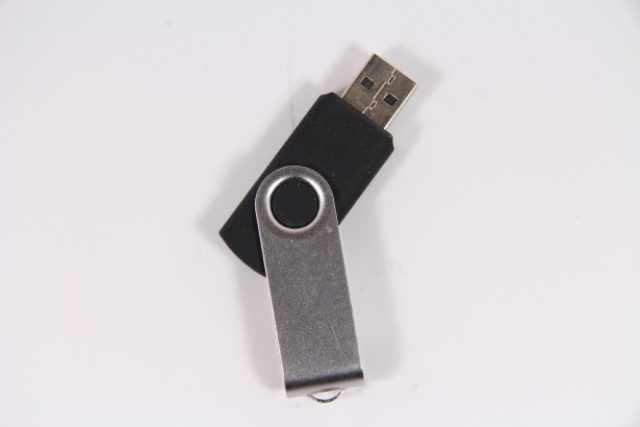
Information carriers based on flash memory chips are now very popular. Many of us have computer flash drives in the form of a keychain with a USB port, and without a memory card in one of the many formats, you can’t imagine a digital camera or other technical devices.
Mobile phones and other portable gadgets are equipped with flash memory. In this article, we are trying to generalize the typical problems for the flash drives, as well as give some useful tips that will help you reduce the risk of their malfunction.
If we talk about practicality, flash drives are not equal among all removable media. Large and continuously growing volume, high speed and reliability of data storage, compactness, low power consumption and, finally, the convenience of connection – those are the secret of their popularity. Besides that, these high-tech products have quite affordable prices, which are continually decreasing.
However, the world isn’t perfect, and everything has its cost. In this case, it is necessary to pay attention while using flash drives.
The list of typical failures of flash cards in the descending order of their prevalence is as follows:
- usage issues,
- mechanical failure,
- electrical and thermal damage,
- controller failure,
- memory wear.
Here are more details on the main symptoms of flash drive’s malfunction, repairing methods and prevention tips.
Usage issues
The main cause of the malfunction is a premature removal of the device from the socket or a sudden power failure when the operating system does not have time to update the media file system.
Preventive maintenance: gently finish work with flash-carriers. In computers and laptops, use “safe device removal”.
Mechanical failure
Flash drives often suffer from rough treatment. Mechanical stresses create micro cracks and lead to a breakdown of contacts. The quartz resonator suffers from not very careful usage. If a device has a broken outer case that allows water or other liquids to pass through it.
Repair: restoration of contacts, replacement of damaged parts. If the memory chip is cracked, then the data is lost, and reparation isn’t worth it. Fortunately, it rarely happens.
Prevention: use the devices carefully, store the memory cards in their cases. Choose flash drives with a sturdy, not too thin casing (the more metal, the better). It’s better not to touch flash drive inserted into USB port. If your device has been in water, especially marine, it is better to give it to a specialist immediately. Insufficient drying can become fatal for the data.
Electrical and thermal damage
Unstable power supply, as well as static discharges, is a common cause of flash drives damage. Often, the failure of flash drives leads to old wiring. Flash drives can feel the power of tens of volts, when the unfavorable conditions coincide, so that leads to burnout of the controller and other its elements. The problem of heating for flash drives is not as relevant as for hard disks, but with active work, the loaded parts can overheat, fail, and the outer shell can even melt. Static electricity and overheating are not that dangerous for flash drives in metal cases. Some metal USB flash drives you can find here.
Prevention: protection from static electricity.
Controller failure
The controller is on all flash drives and many memory cards, in some situations (presumably, power failures) its firmware is blocked and does not respond to operating system requests. In this case, the device is recognized by the computer as a Generic Drive with zero capacity, and data is not available to the user.
Repair: restore the firmware of the controller with the help of technological utilities.
Prevention: protection from static electricity, power control.
Memory Wear
Flash memory by its nature can withstand a limited number of overwrites. A number of its service fields are overwritten every time you update any of the files. To combat this phenomenon, the technology of “wear levelling” (wear levelling) is applied: frequently changed data moves through the address space of flash memory.
Repair: low-level formatting with concealment of defects.
Prevention: consider the life limits of flash media. With continuous updating of data, failures can begin in 1-2 years. If you have some old flash drives, it is better to not using them for storing some valuable data.
Despite the described problems, flash drives are convenient and reliable devices for storing and transferring information. Simple preventive measures will help you extend the life of your device and avoid most of the problems. And if the failures still happen – contact the specialized service centers. Repair methods, which only partially disclosed here, can help you to protect your flash drive in 90% of cases. But of course, the more careful you use your device, the longer it going to live and work properly. Hope, you found here some useful tips for your flash drive.
